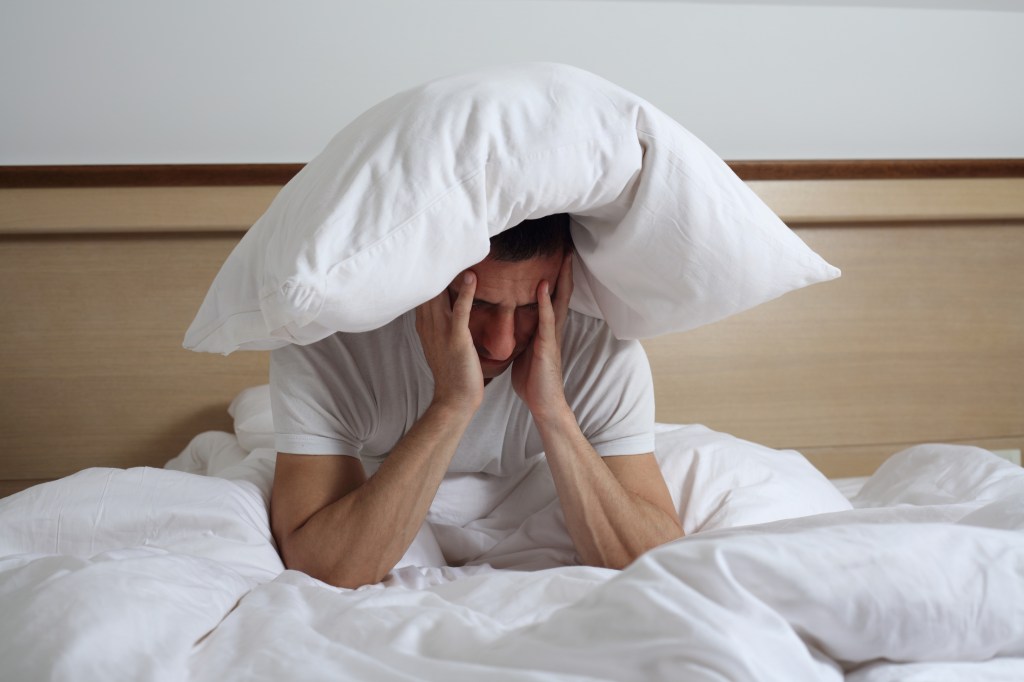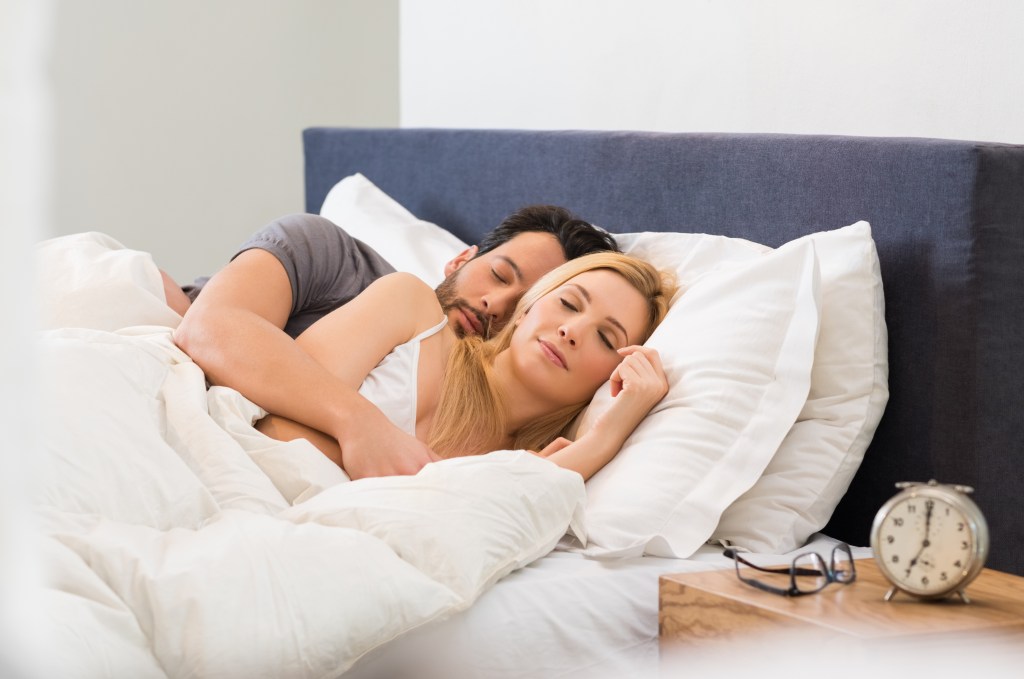The perfect temperature to increase sleep, decrease stroke risk: experts
How did you sleep last night?
Not too well, if you’re like many Americans: The Centers for Disease Control and Prevention estimates that 35% of US adults don’t get enough sleep on a regular basis.
This is more than just annoying, because sleeping less than seven hours each night is linked to a greater risk of obesity, diabetes, high blood pressure, heart disease, stroke and frequent mental distress.
And the problem is particularly acute among older people, who often wrestle with sleep disturbances. Older adults need about seven to nine hours each night, like all adults.
But older people tend to go to sleep earlier and get up earlier than they did when they were younger, according to the National Institute on Aging.
And sleeping problems among seniors can be exacerbated by experiencing pain, having an illness or taking certain medications.
Most research into sleep problems has focused on physical and behavioral factors, even though environment is just as influential, Dr. Amir Baniassadi of the Hinda and Arthur Marcus Institute for Aging Research explained in a news release.
To understand the link between bedroom temperature and sleep quality, Baniassadi and his colleagues at Hebrew SeniorLife (a Harvard Medical School affiliate) collected data on nearly 11,000 individual nights of sleep as experienced by 50 older adults.

Using wearable sleep monitors and environmental sensors, the researchers monitored sleep duration, efficiency and restlessness over an extended period in the participants’ homes.
The findings, published in the journal Science of the Total Environment, revealed that sleep is most efficient and restful for older adults when nighttime ambient temperatures range from 68 degrees Fahrenheit to 77 degrees.
Additionally, the researchers observed an overall trend: a 5% to 10% drop in sleep efficiency as ambient temperature increased from 77 F to 86 F.
“These results highlight the potential to enhance sleep quality in older adults by optimizing home thermal environments and emphasizing the importance of personalized temperature adjustments based on individual needs and circumstances,” Baniassadi said.
Individual preferences are an important consideration, too, as the research also revealed significant differences among study subjects when it came to optimal bedroom temperature — in other words, some like it hot, while others prefer to keep it cool.

That’s one reason why many couples have granted themselves a “sleep divorce,” sleeping in separate beds — like sitcom couples from the 1960s — or even in separate rooms.
“There are benefits for some partners to sleep separately,” Dr. Erin Flynn-Evans, a consultant to the American Academy of Sleep Medicine, told CBS News. “Studies demonstrate that when one bed partner has a sleep disorder it can negatively affect the other sleeper.”
A recent survey from the AASM showed that couples are using strategies like earplugs, eye masks, silent alarms and different sleep schedules to accommodate each other and ensure a good night’s rest.
But more than one-third of the survey respondents skipped all these stopgap measures, opting instead to put a wall between themselves and the source of their wakeful woes: their spouse.
Other tips for getting a good night’s rest include avoiding late-night eating and drinking, avoiding alcohol and not drinking caffeine late in the day.
The authors of the room-temperature study plan to continue this line of inquiry by focusing on the potential impact of a warmer climate on sleep for low-income older adults, and by developing interventions to optimize sleep environments for these people.
Read the full article Here


